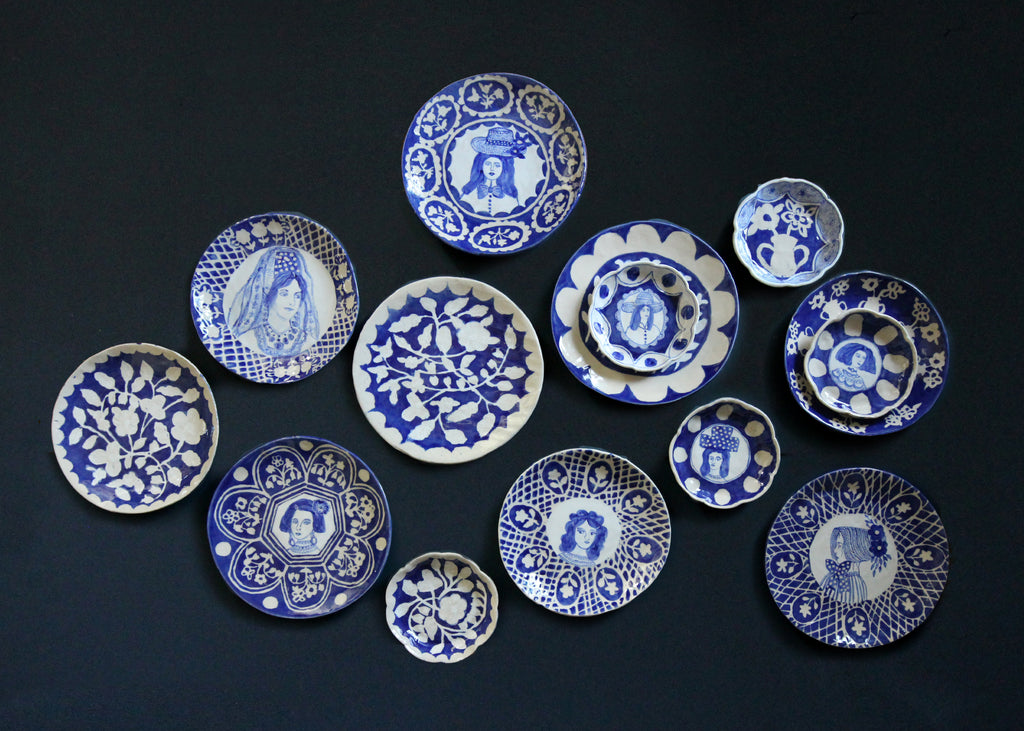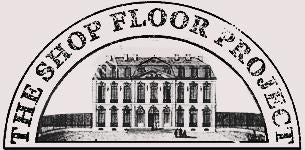Francesca Kaye | Story

London-based ceramist Francesca Kaye uses stoneware in an almost sculptural way, creating hand made moulds in various shapes and sizes which she presses the clay into.

Francesca's unique, handmade plates and platters, vary from the very large to smaller pieces, achieve an irresistible tactile quality, almost ancient in feel. Indentations and an unevenness give the work a lively energy that can only come from the hand of the maker.

Francesca began her career in weaving and textiles, but promptly changed discipline after studying ceramics at Goldsmith’s College in the 1990’s. In recent years Francesca has worked from her purpose-built studio in the bottom of her garden.

Prolific and intuitive, she creates work in her bold yet delicate style, which is completely unique, referencing an array of influences. Asked for just a few of them, Francesca lists “the ceramic department of the Victoria & Albert Museum, Hungarian folk art, children’s stickers and Matisse!”

Her latest collection is inspired by French 18th century block printed indigo textiles, and is an explosion of pattern and illustration.

Restricting her palette to that of blue and white, Francesca has created a series of pieces that are at once both energetic and contemplative.

The scalloped edges and deep decorative borders are either filled with silhouettes of flora or portraits of women in traditional folk costume.

The floral pieces are reminiscent of the cyanotype, a pre-photographic technique that involves laying an object on coated paper before exposing it to sunlight to create white and Prussian blue images.

In much the same way, Francesca blocks out shapes, not from the sun, but from the indigo blue glaze she brushes onto the surface, creating these white silhouettes. She does this by using the wax resist method. An ancient technique often applied to textiles, Francesca uses it for ceramics and regularly employs it throughout her work to achieve these energetic shapes and patterns that are impossible to resist.

The portraits, nestled within kaleidoscopic borders of patterned lace, are very personal to Francesca. They are drawn from books and imagery collected over a lifetime, from early childhood when her father would seek out dolls in traditional dress from whichever country he was visiting for work, to bring home to a young Francesca.

These portraits are so evocative. In these patterned borders they bring to mind early photography of people in their finest dress, with the photographs displayed in patterned and painted frames.


